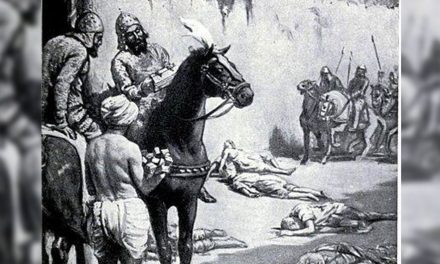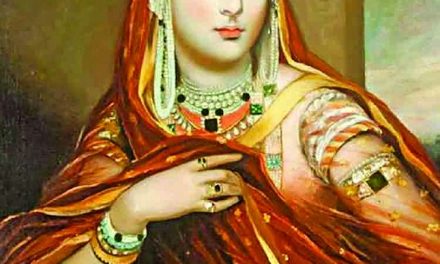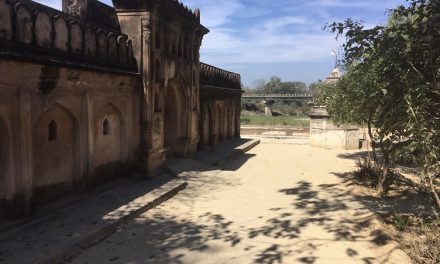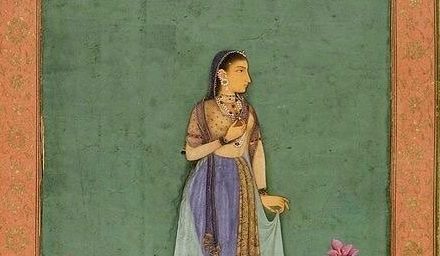
I am talking about Taxila. Yes, for thousands of years, I have been walking in the horizon with the pride of this name. The taste of the laughter of hundreds of children in my lap! Countless kings and maharajas, travelers from afar, even enemies of my family, I have shown no fault of hospitality to anyone. How many good boys I have, you know? My heart swells with pride when someone praises them by name. And why not praise them? It is not possible for anyone to find two more like my sons! I have always been a family girl. Among them, my position is also in a good place: Not far from the Grand Trunk Road. I was the capital of Gandhara, one of the 16 Mahajanapadas that dominated northern and central India in the 6th century BC. Family businesses have easily spread beyond their home territory to all parts of Asia.
At that time, business was in full swing, and people from different places used to gather. That is why those who came with me, being financially prosperous, could exchange the culture of different regions. Moreover, I had a great reputation as a city of learning in ancient India.
I have been nomenclature several times. My name has also changed over time. According to the Indian mythology ‘Ramayana’, Dasharatha’s second son Bharata conquered the kingdom of Gandhara and named me ‘Takshila’ after his own son ‘Taksa’. Another popular mythological story, ‘Mahabharata’, will also find my name. It is said that King Janmejoy performed the snake sacrifice here. Do you know another name of the Naga population of ancient India was ‘Takshaka’? Many say I was named ‘Taksakhand’ from the name of this ‘Takshak’ nation. And over time, I got the name ‘Taxila’ after changing from ’’Taxkh and.’ My Sanskrit name ‘Taxsheela’ became ‘Taxila’ in Greek script. It has been known to Europeans as ‘Taxila’ since the Macedonian conqueror Alexander came to the region in the 4th century BC.’
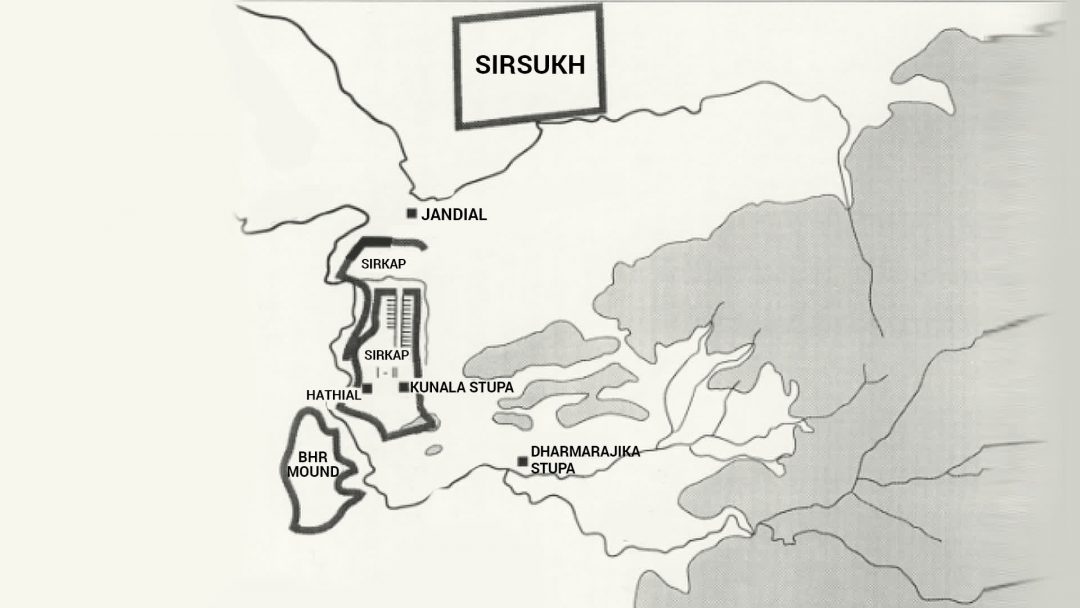
Geographical location of Taxila
My ancestral land was gradually divided into three parts- ‘Bhir, ‘Sirkap,’ and ‘Sirsukh.’ There is also a long history behind this division. This will also be known later. Let’s just say for now ‘Bhir’ is our most protected ancient site, which was established around the 6th century BC. It is very sad, you know; my favorable position, my getting along with everyone, the abundance of trade and commerce- I could not escape the evil eye of the people. It is as if this glory-wealth-prosperity has become my tomorrow. The thousands of years that I am describing have changed hands many times. And that is because of my geographical location and economic status. We have been seeing in history for ages people are forced to bow their heads to subjugation after losing their freedom. When the role of the family is important in it, it is the one who makes the enemy stronger by becoming ‘the enemy of the house’. In the 4th century BC, when the enemy attacked from outside, I was no exception. Alexander, the conqueror, conquered Persia around 327 BC and marched towards me. One of my sons, Ambi, greeted the guest Alexander when he crossed the Indus and appeared at my door in 326 BC. Like a frightened mouse submitted to Alexander, He also gave Alexander a fleet of elephants, bulls, and sheep as gifts. In return, he also received a gift of Persian clothing from Alexander, gold, silver, vessels, and horses. With the help of Ambi, Alexander marched eastwards across the Jhelum River and attacked the kingdom of Puru. Puru is my other son. For quite some time, there was animosity and internal competition between these two sons of mine. So, having the opportunity, Ambi indulged his anger and showed the enemy home route and helped him from all sides to attack the kingdom of Puru, opening the gates of India to the foreign enemy. Stupid Ambi! Why did he become such a killer! My son became the cause of my own loss by being greedy for his own petty interests.

Taxila is the name of the city
Alexander, however, did not only march with soldiers, but he was also accompanied by scholars and writers. They also described my family members back in their country; our customs were also described in their writings. Satidah practice i.e. the self-immolation of a chaste woman or going to the funeral pyre with her husband, throwing the dead body to vultures- these will also be described in their narratives. Before leaving India, Alexander ceded the region between the Jhelum and Bipasha rivers to Puru and the region between the Indus and Jhelum rivers to Ambi. Then began the intense competition to dominate me. I started changing hands in turn. Sometimes, native kings sometimes foreigners come and focus on spreading influence, not to mention the Persians, Mauryas, Indo-Greeks, Shakas, and Kushans among them.
In the 6th century BC, the Persian king Darius I spread influence in our region. And after that, Alexander, defeating Darius III, the Persian king, entered between us. Since then, my name has been seriously enshrined in history. Leaving me in the hands of King Ambi and Puru, Alexander left, but the Maurya emperor Chandragupta Maurya appeared on the stage. He was my regent before his grandson, Emperor Ashoka, ascended the throne as he was a staunch devotee of Buddhism, which had a profound effect on my family as well. I became the center of Buddhist culture. After the death of Ashoka, the influence of the Mauryan dynasty began to decline. At that time, the Indo-Greeks of Bactria attacked and won. They established their new capital, ‘Sirkap.’ Again, they worshiped Lord Vishnu. So you understand, here Ashoka’s patronage of Buddhism vanishes. Then, the Greeks lost power to the Shakas, and the Kushana dynasty came to dominate after driving out the Shakas. The Kushan ruler Kanishka later founded ‘Sirsukh’ which is the newest of our ancient estates.

Ruins of Taxila
I got some care from the Kushans, scarred by the long-standing power struggle. I began to regain my old traditions little by little. But its status could not last long. The last attack came from the Huns in 450. Even the slightest glories of my survival came into question. Then, my existence began to decay, and I gradually became a pile of ruins.
While talking about these changes of power, I have forgotten to talk about an important and glorious thing. You must have heard the name of Taxila University. It was one of the ancient universities, described in the Buddhist Jataka as a major center of learning. Students from cities like Banaras, Rajghira, Mithila, and Ujjain used to come to our university for the pursuit of knowledge. Students used to come here not only from India but also from different parts of Asia. The innovative facilities and academic reputation of our university strongly attracted knowledge seekers from different parts of the world. How many sufferings, sorrows, and pains of the journey, ignoring even the fear of death on the difficult road, they reached their desired Taxila University, hoping to achieve success in higher education. However, anyone who wanted could not be admitted here. Students who were at least 16 years of age and above after completing their primary education in their locality and proving their eligibility to study at Taxila University would get the opportunity to study here. The admission or study expenses had to be borne by the student. However, if a student failed to pay the cost of his education, he had the opportunity to pay for it by doing household chores like farming, fetching water, and collecting dry wood in addition to his studies. Vedas, languages, grammar, philosophy, medicine, kingship, science, economics, and mathematics, along with various handicrafts and cultural subjects like dance, music, etc., were taught here. Panini (grammarist), Chanakya (economist), Charaka (physician), eminent personalities Jivaka (style doctor) were associated with the name of Taxila University. I have no end of pride in these children of immeasurable qualities. All of them were not born, but they were my children in deeds and achievements.
I also like to tell a little story about their achievements. Panini wrote ‘Astadhyayi’ which is considered to be one of the most important books of ancient Ssanskrit grammars. In his grammar, Panini has very eloquently presented the rules of word origin, phonetics, alphabet, pronunciation, conjugation in a scientific way.

Buddha sculptures and the remains of the feet of the largest Buddha statue in Taxila
Just as Chanakya’s name comes up whenever there is a talk about Taxila, similarly the discussion of Chanakya’s biography is not complete without me. The first chapter of the education and career of this great man with sharp intelligence, keen intellect, practicality and extraordinary scholarship was spent under the shadow of my heart. He was in charge of Acharya in Taxila University for long time. He wrote a famous book ‘Arthashastra’ under the pseudonym ‘Kautilya’. Though named ‘ArthaShastra’, it contains sound guidelines on diplomatic art, statecraft and state management. He is also widely known as the Rajguru of the Mauryan Emperor Chandragupta.
Charak witnessed Taxila University’s amazing contribution to medicine. He was the personal physician of the Kushan Emperor Kanishka. Considered as the first authoritative book in the history of herbal medicine, ‘CharakSamhita’ brought a revolutionary touch to Ayurveda treatment.
Another unique creation of Taxila University was Jivaka in style medicine. He was the personal physician of King Bimbisara, ruler of the Magadha kingdom. Jivaka was a contemporary of the Buddha and also said to have cured the Buddha under his treatment. ‘Kashyapa-samhita’ is one of the numerous books written by Jivakaon diagnosis and remedies.

Jandial Agni Temple
Having as teacher PrathitayashaPandits like Chanakya, Atreya, Vishnu Sharma and Nagarjuna, my reputation reached an insurmountable height, I was able to quickly attract the attention of the world. Chinese pilgrims also welcomed us here. As far back as I can remember, a Chinese traveler named Fa-hien arrived around 405 BC. He praised me enough to be very holy and prosperous. He described me as a busy place with many monasteries inside. But in the 7th century, another Chinese traveler, Hiuen Tsang, came to visit and found a barren, ruined structure instead of its grand, crowded state.
The whole universe is magic. And we capture all these magic with two instruments. Those two instruments are eyes. No matter how much we see the world, we have no end to see. Every place in the world is constantly changing its form like my various forms from time to time. But my story does not end so easily. Today I present to you a little from my huge basket of stories. Later, many more mystery seeds will be woven around me. I am Taxila speaking and taking a leave for now.
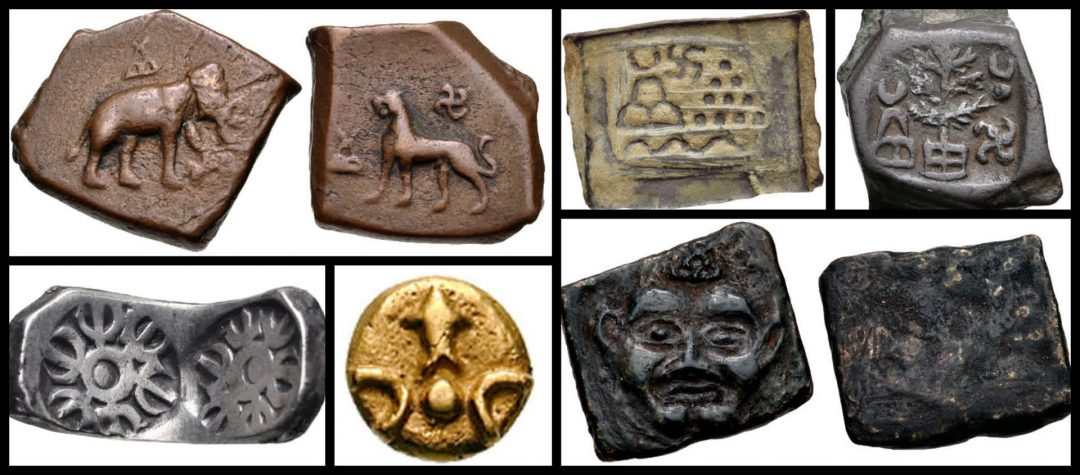
Coins from Taxila

